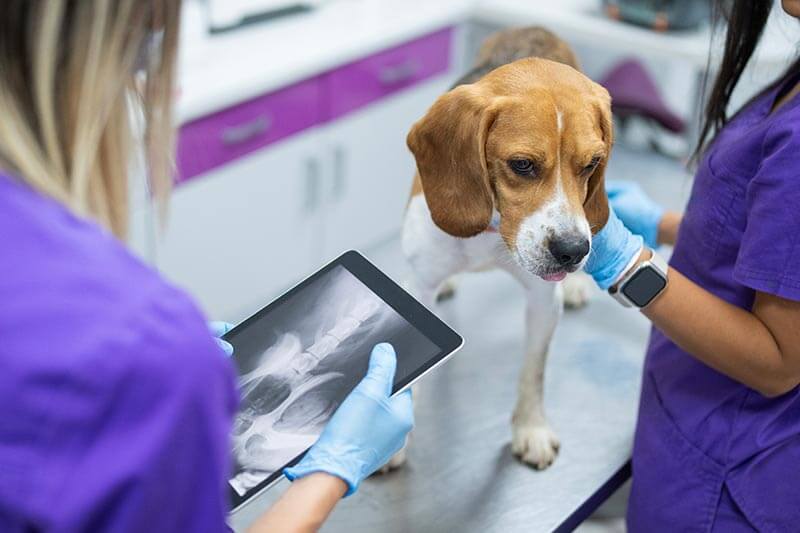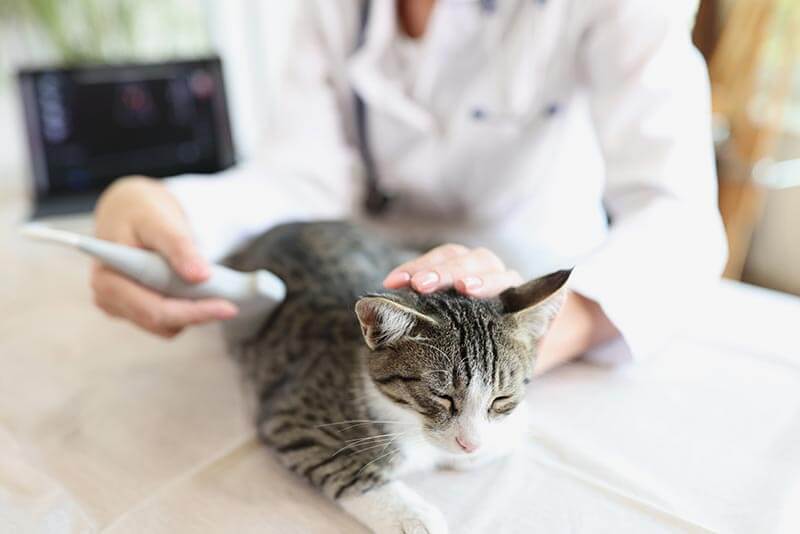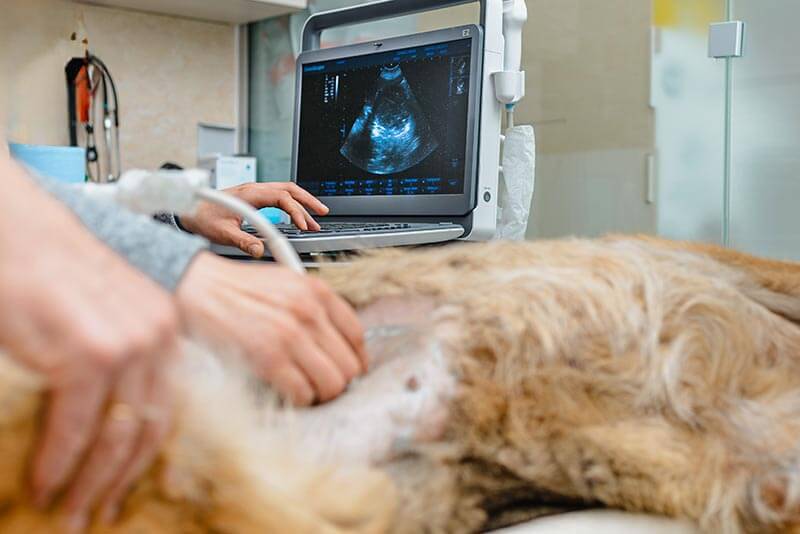Advanced Diagnostic & Imaging Services
At Paws & Claws Veterinary Hospital, our advanced diagnostic and imaging services allow us to detect illnesses, pinpoint injuries, and develop effective treatment plans—all with accuracy and speed. Whether your pet needs digital X-rays, ultrasound, or laboratory testing, our experienced veterinary team is here to provide the answers and care your pet deserves.
Cutting-Edge Imaging
Digital X-Ray & Cursory Ultrasounds
Every wellness visit includes a thorough nose-to-tail exam to assess your pet’s coat, skin, eyes, ears, teeth, and overall health. Our veterinary team will collaborate with you to customize nutrition and lifestyle routines, administer vaccinations, and provide flea, tick, and parasite prevention. As your pet's needs evolve over the years, your veterinarian will work with you to address them at every life stage.

Digital X-Rays
A non-invasive, fast way to assess bones, joints, lungs, heart, and abdominal structures. Digital imaging provides high-resolution results with less radiation exposure than traditional X-rays.

Cursory Ultrasounds
Uses sound waves to create real-time images of internal organs, tissues, and fluid movement. It’s especially valuable for evaluating the heart, liver, kidneys, bladder, and detecting tumors or pregnancies.
These tools help us diagnose conditions early, making treatment more effective and improving outcomes for your pet.
Comprehensive In-House Laboratory Testing
In addition to imaging, we offer a wide range of diagnostic tests to assess your pet’s health. With fast, accurate results, we can diagnose and begin treatment as quickly as possible.

- Full CBC/Chemistry Profile—Evaluates organ function, infection, and overall health
- Canine/Feline Pancreatic Function Test—Detects pancreatitis and other pancreatic disorders
- Thyroid Testing—Screens for hypothyroidism (dogs) or hyperthyroidism (cats)
- Heartworm Testing—A vital test to detect life-threatening heartworm infections
- Tick-Borne Disease Panel—Screens for Lyme disease, Ehrlichia, and Anaplasma to catch these infections early
- Urinalysis—Evaluates kidney function, infections, and metabolic conditions
- Ear & Skin Cytology—Identifies bacteria, yeast, or parasites causing ear infections, allergies, or skin disease
- Coagulation Profiles—Essential for pets undergoing surgery or suspected clotting disorders
Faster Diagnosis, Better Care
Having in-house diagnostics means less waiting, faster results, and better treatment plans for your pet. Whether we’re checking for an infection, internal illness, or orthopedic injury, our diagnostic tools allow us to act quickly and effectively.



